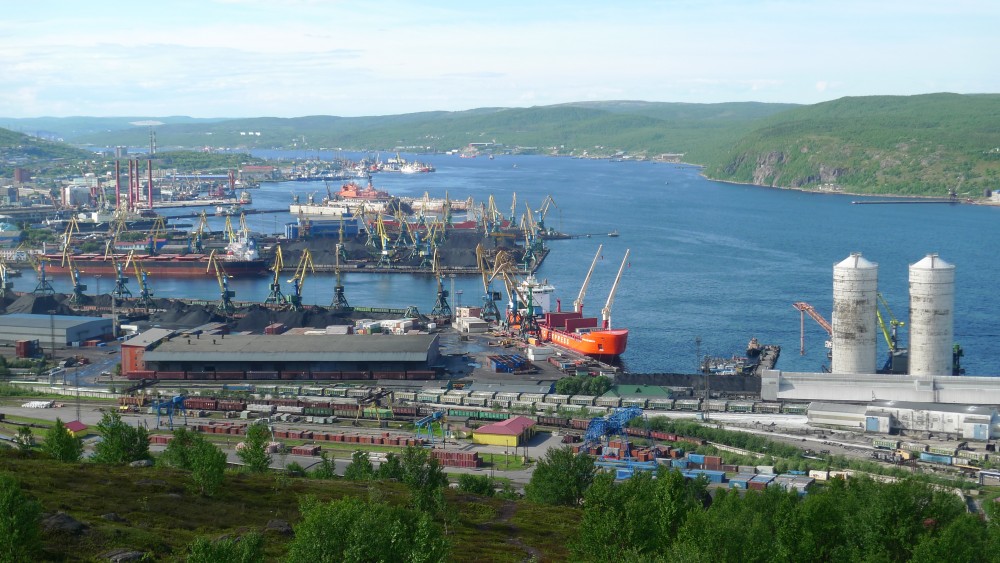Murmansk Transport Hub is gets strategic importance status
The port could take on added importance for Russia as Sweden and Finland join NATO.

Construction of the new large harbor facilities on the west side of the Kola Bay has officially acquired status of strategic importance for Russia.
Russian President Vladimir Putin instructed work to be prioritized in a recent meeting. Everything necessary must be done to complete the Murmansk Transport Hub project as soon as possible, Putin said according to regional media reports.
Secretary of the Security Council, Nikolai Patrushev, told Putin that the Baltic Sea turns into an inland sea for NATO as Finland and Sweden join the alliance making transshipment of goods via Murmansk one of the main transport routes for Russia. (Murmansk is the only port in European Russia that is ice-free year round and has direct access to the North Atlantic.)
Patrushev argued that the importance of Murmansk now will be just as it was “in the years of the Great Patriotic War” (Second World War).
Construction of Murmansk Transport Hub has been on the table of planners for decades and work on the new 46-kilometer-long railway line along the Kola Bay and transshipment storage areas near the shores where the new port facilities in Lavna are to be built started nearly a decade ago
In 2020, however, all infrastructure work was halted after contracts between company Stroygazconsulting and the Ministry of Transport were terminated. Now, new contractors are engaged, but the planned coal port is postponed indefinitely as Europe no longer wants to buy coal from Russia.
Abandoning plans for a coal harbor, however, doesn’t mean the end of Murmansk Transport Hub as such. Other goods, like fertilizer and metals, as well as a container port, are now in the pipeline with an aim to export more than 18 million tons of goods from the new seaport.